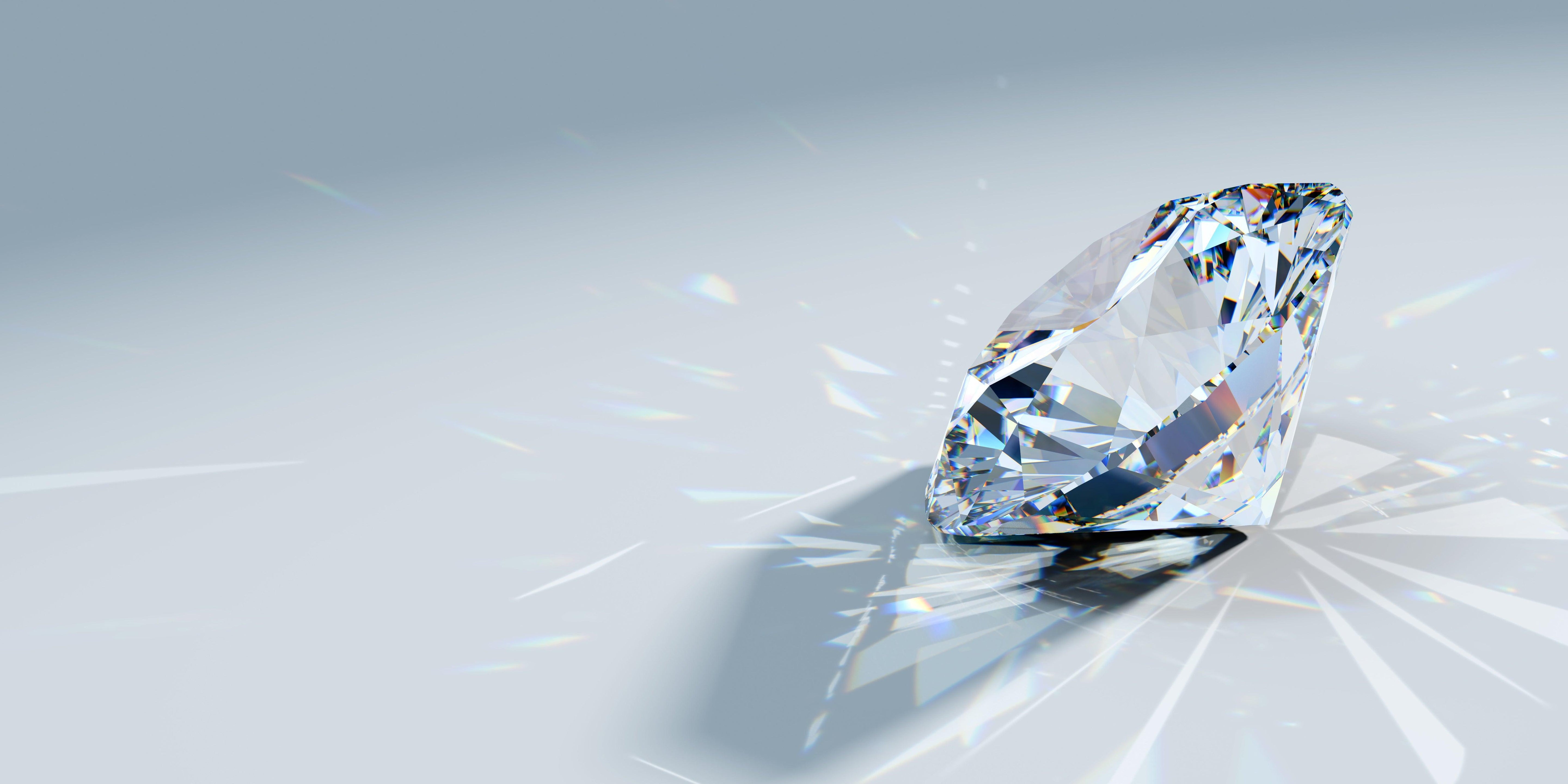
Recognized Brilliance: Part I

Diamonds have been appreciated by human beings for at least 2500 years, and very likely more. Who knows what human or human-like creature, finding a diamond in a river thousands of years ago, did not wonder at the clarity of its crystal, and was not impressed by its hardness?
While in modern times we appreciate its hardness even more for all the uses we can put it to; and have developed cutting techniques and designs of stones to maximize the interplay of light characteristics, even in uncut stones, these properties can be observed, and were known and valued by our ancestors.

Our earliest record of diamonds is a third-century BCE Sanskrit text (from India), the Arthashatra, commonly attributed to the Brahaman Chanakya. Writing about the duties of the treasurer, Chanakya describes a complex diamond industry that is already several centuries old. But what is really significant is his description of quality diamonds:

“That which is big, heavy, hard, regular, capable of scratching on the surface of vessels, refractive of light, and brilliant is the best.
That which is devoid of angles, uneven, and bent on one side is inauspicious.”
- Chapter 11, book 2
Chanakya’s note that the best are hard enough to scratch others, devoid of internal flaws, have strong symmetry and regularly angled sides, and show the effects of refraction and brilliance (dispersion and reflection), is a telling reminder of the reason these stones are so prized. It is for a diamond's ability to play with light, that it is most valued in jewelry and fashion- a trait across all gem-quality diamonds, Lab-grown or mined. Its strength and hardness make it valuable as a tool, but the more illumination a diamond exhibits the more valuable the gem, from ancient times until now.
The ancients did not appear to have the technology to cut and polish diamonds into shapes or to carve facets into the stone to maximize the light properties, so our oldest examples are rough stones that naturally displayed the inherent optical qualities.

Octahedral-shaped gems, which are naturally “faceted” and symmetrical, were among the most prized. The picture to the left is of an octahedral crystal. See how it looks faceted? That point looks like it could be dangerous though.
While it is possible that by the 1st century CE various cultures may have learned to cleave diamonds, it isn’t absolutely certain in the historical record until later, perhaps earlier than the 6th century. By the 13th century CE, we already have hard evidence and literature concerning cleaving and polishing diamonds, though recognizable cutting wheels and polishing tools do not arrive on the scene until the 14th century CE. And as primitive as those began, aside from improving their efficiency, very little changed in diamond polishing until this century when laser cutting technology advanced far enough into the field of diamonds.



